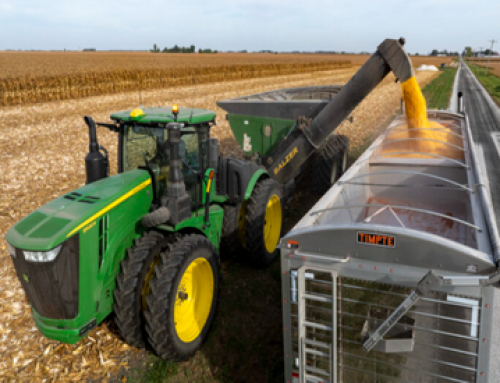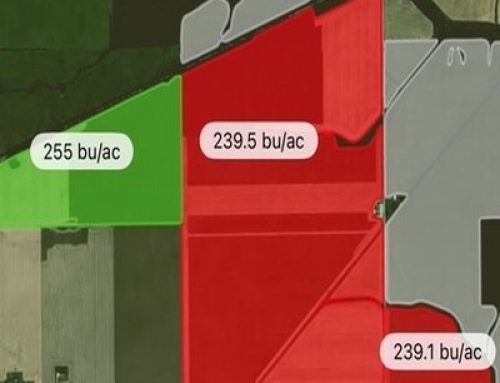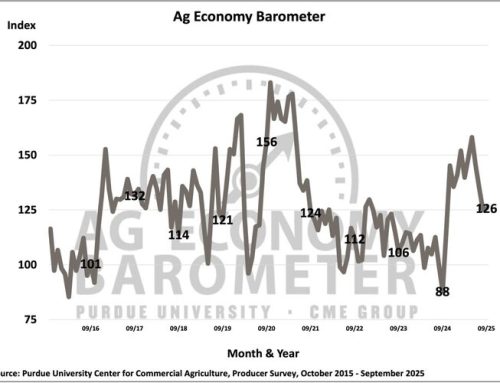Source: USDA news release
Tropical Storm Option covers damage caused by strong weather systems not categorized as hurricanes. Both a wind and precipitation trigger must occur for an indemnity to be paid. This new option helped many producers recover after Hurricane Idalia this year. About 60% of eligible policies elected this option.
• Grapevine: Beginning in crop year 2024, producers can insure all types of grapevines in select counties in California, Idaho, Michigan, New York, Ohio, Oregon, Pennsylvania, Texas, and Washington. This policy complements the existing Grape crop insurance program that covers the fruit growing on the vine. The policy covers freeze, fire, hail, flood, failure of irrigation water supply, and other causes of loss.
• Kiwifruit: Beginning in crop year 2024, producers in 12 California counties can insure their kiwifruit against unforeseen weather perils and other naturally occurring perils. The program covers three varietal group types: Hayward; Reds & Golds; and Mega. The Hayward variety currently makes up 92% of the California crop followed by non-Hayward varieties, including reds and golds and one green variety marketed as Mega Kiwi.
• Pomegranate: Beginning in crop year 2023, pomegranate producers in select California counties can receive yield-based insurance coverage for standard weather, natural, and environmental perils as well as quality losses. Coverage is available for two varietal groups: “Early” and the ‘Wonderful’ varieties and all others. The program also recognizes the different utilization values of fresh fruit, arils, and juice.
• Shellfish: Beginning in crop year 2024, producers can insure their commercially cultivated oysters that are grown using containerized methods. This program offers production-based coverage on an individual producer basis. This insurance option provides coverage against four perils including: named storms, excessive heat, freeze, and low salinity and will be available in select counties in Alabama, California, Florida, Maine, Maryland, Massachusetts, Mississippi, New York, North Carolina, Rhode Island, South Carolina, and Virginia.
• Controlled Environment: Beginning in crop year 2024, producers can insure plants produced in a controlled environment against disease that occurs in their facility. This program will provide the following benefits: simple application and policy renewal process, like the Nursery Value Select program, and insurance for controlled environment producer-selected plant categories. In addition to specialty crop and organic producers, this policy will greatly benefit urban producers.
Improved Insurance Options:
• Whole-Farm Revenue Protection Program (WFRP): Several improvements will begin in the 2024 policy year including: allowing all eligible producers to qualify for 80% and 85% coverage levels; allowing producers to purchase catastrophic coverage level policies for individual crops with WFRP; expanding yield history to a 10-year maximum (from four years) for all crops not covered by another federal crop insurance policy; making the policy more affordable for single commodity producers; and allowing producers to customize their coverage by choosing whether WFRP will consider other federal crop insurance policies as primary insurance when calculating premium and revenue to count during claim time.
• Micro Farm: Several updates were made to Micro Farm including: moving the sales closing date to a less busy time of year to help agents dedicate time to marketing the program, allowing producers to purchase other federal crop insurance with Micro Farm, allowing vertically integrated entities to be eligible and making the Expanding Operations feature available.
• Pistachios: Several revisions were made to the Pistachio policy including: allowing insurance for producers with fewer than four years of production records under the new Transitional Yields (T-Yields); clarifying simple average approved yield for APH databases containing T-Yields; clarifying variability adjustment requirements for actual production history databases; and allowing assigned yields and temporary yields if indicated in the Special Provisions.
• Quality Loss Option (QLO): RMA is making the QLO available to several initial specialty crops, including avocados (California only), blueberries, cranberries, grapes, peaches, stone fruit, and table grapes. RMA plans to make the option available to additional specialty crops in the upcoming months after further review.
Outreach Efforts and Risk Management Education:
• Outreach efforts: Over the last two years, RMA has engaged with more than 700,000 producers and crop insurance professionals through a multi-faceted outreach approach, interacting with 60,000 stakeholders at 560 events across the nation and hosting 39 in-person and virtual listening sessions to discuss prevented planting updates, apples, and cherries. Additionally, RMA hosted more than 3,000 producers during the “RMA Roadshow” that featured in-person and virtual events across the country. The Roadshow informed producers about updates and improvements to WFRP and Micro Farm.
• Risk Management Education: In August 2023, RMA awarded about $6.5 million to 22 organizations to educate underserved, specialty, small-scale, and organic producers on farm risk management and climate-smart farm practices. Through Risk Management Education (RME), RMA partners with organizations, such as nonprofits and land grant universities, to develop training and resources for producers about risk management options. The almost $6.5 million investment builds on the $6.5 million that RMA has already provided in partnerships since 2021.




